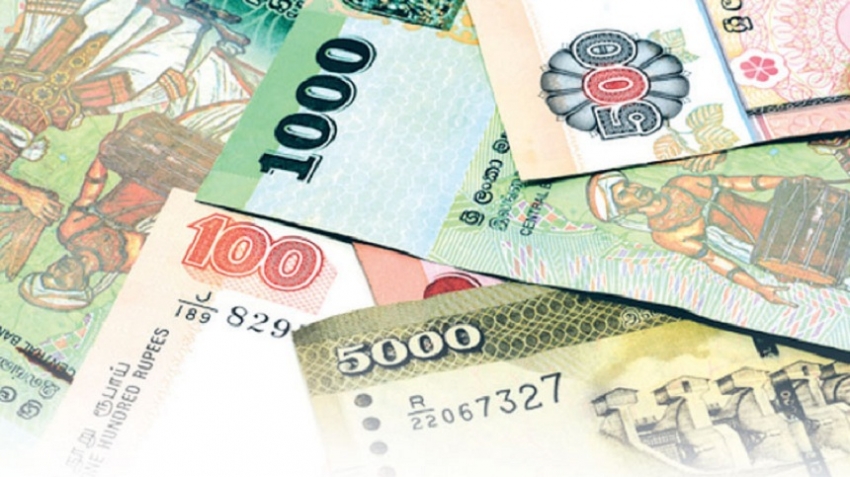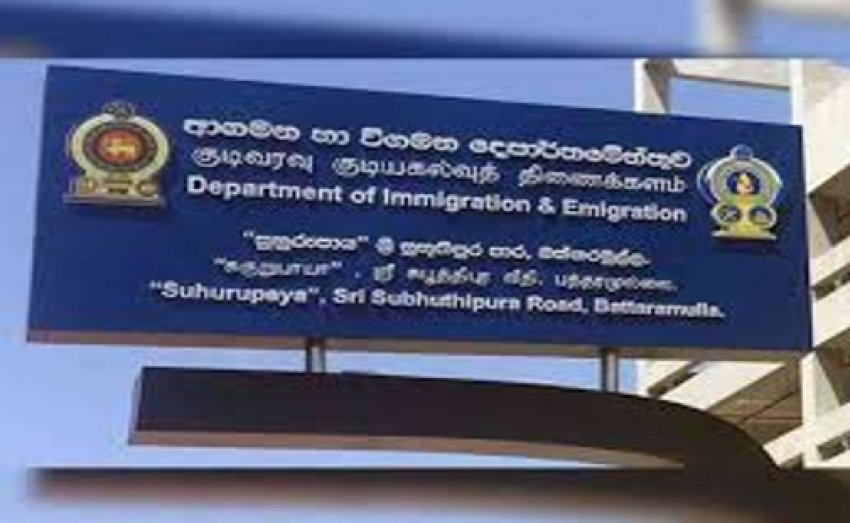As the eventual breakdown of the relationship between monetary aggregates, inflation and GDP growth (See Figure 03) was anticipated in line with developments in several other advanced and emerging market economies, by late 1990s and the beginning of 2000s, the Central Bank had commenced an internal process to upgrade the monetary policy formulation and implementation process while strengthening research on alternative monetary policy frameworks.
In addition to moving to a floating exchange rate regime and streamlining the objectives of the Central Bank, the upgrades included the introduction of the Monetary Policy Committee (which is a technical committee that makes monetary policy recommendations to the Monetary Board), strengthening the independence of the Central Bank by expanding the membership of the Monetary Board, commencing active open market operations and a policy rate corridor approach, signaling the changes in the monetary policy stance based on policy interest rates, announcing the monetary policy stance through a regular press release based on an advance release calendar, enunciating broad policies of the Central Bank for the medium term through an annual Road Map announcement, establishing a Monetary Policy Consultative Committee to obtain views of the private sector and academia, commencing an inflation expectations survey, encouraging the Department of Census and Statistics to update the inflation index and publish core inflation and continued strengthening of modelling and forecasting capabilities of technical staff of the Central Bank.
With these developments, the Central Bank has gradually moved to a de facto inflation targeting regime of monetary policy. The Central Bank has announced that its target for monetary policy is to maintain inflation around 4-6 per cent, which is considered to be a suitable range of inflation for an emerging market economy to support sustained economic activity. The Central Bank projects key macroeconomic variables such as inflation and GDP growth in relation to its potential and uses the monetary policy instruments, mainly policy interest rates, to address sustained deviations of inflation from the target range. The interest rate in the short term interbank money market acts as a key operating target for the conduct of monetary policy and open market operations are used to steer this short term interest rate along a desired path.
International reserve
The exchange rate is allowed to float freely without maintaining a peg or a target exchange rate, and the Central Bank intervenes in the domestic foreign exchange market to curb excessive volatility, which typically arises from domestic and global speculative activity, and to build up its international reserve. The Central Bank continues to monitor several other macroeconomic indicators, including movements in reserve money, broad money, credit disbursements, market lending and deposit rates, benchmark yield curve, balance of payments developments, nominal and real exchange rates, fiscal developments, leading indicators for real sector developments, headline inflation, core inflation, food and non-food inflation, administered price adjustments, etc., to help guide monetary policy decision making within this data driven forward looking approach to monetary policy. The recent developments in relation to the monetary policy making process are explained in the following articles:
Central Bank of Sri Lanka Annual Report 2015, Box Article 10:
“Modifications to the Monetary Policy Framework in Sri Lanka”
Central Bank of Sri Lanka Annual Report 2016, Box Article 1: “Model Based Approach to Monetary Policy Analysis in Sri Lanka”
Amarasekara, C., Anand, R., Ehelepola, K., Ekanayake, H., Jayawickrema, V., Jegajeevan, S., Kober, C., Nugawela, T., Plotnikov, S., Remo, A., Venuganan, P., and Yatigammana, R., “An Open Economy Quarterly Projection Model for Sri Lanka”, IMF Working Paper, June 2018.
In 2017, the Central Bank announced its intention to officially adopt flexible inflation targeting as its monetary policy framework in the medium term. This was then endorsed by the Government of Sri Lanka, which has already provided the approval of the Cabinet for supporting amendments to the Monetary Law Act, and also the International Monetary Fund (IMF), which incorporated inflation targets into Sri Lanka’s Extended Fund Facility (EFF) programme and provided technical assistance for modelling and forecasting, for assessing Sri Lanka’s readiness for inflation targeting as well as for drafting of amendments.
Flexible inflation targeting is currently considered the “state of the art” of Central Banking globally (See Figure 04). In practice, no country practices “strict inflation targeting”, while “flexible inflation targeting” appears to be the practical adaptation of inflation targeting. According to Lars Svensson, “flexible inflation targeting means that monetary policy aims at stabilising both inflation around the inflation target and the real economy, whereas strict inflation targeting aims at stabilising inflation only, without regard to the stability of the real economy.” Flexibility thus refers to the inherent gradualism of implementation of policy in order to minimise adverse effects on the real economy whilst bringing inflation back to target levels in case of deviations.
Monetary policy
Accordingly, flexible inflation targeting involves forecasting inflation for a medium term horizon, identifying forecast deviations from target levels, analysing the causes of such deviations, and taking proactive monetary policy action to address such future deviations gradually. The Central Bank is given independence to conduct monetary policy with the aim of achieving the envisaged inflation targets, while it is also held accountable for its action.
This rule based framework enhances credibility of monetary policy, thus allowing additional welfare gains for the entire economy. This is because the financial market and the general public are assured of inflation being maintained at the targeted level on average, thus requiring only little adjustment in policy interest rates by the Central Bank to bring back inflation to target levels.
The Central Bank of Sri Lanka is now in the process of finalising its move to adopting the flexible inflation targeting framework described above by 2020. It is expected that price stability will become the prime objective of the Central Bank while financial system stability will remain a core objective. Independence of the monetary policy decision making bodies of the Central Bank will be strengthened by removing Treasury representation and expanding the involvement of independent members in these bodies. However, a mechanism will be established for fiscal and monetary policy coordination, as both policies are equally important to improve the overall wellbeing of the public and to maintain policy consistency.
A framework agreement is expected to be signed with the Government, setting the inflation target periodically. Financing of fiscal deficits by the Central Bank will be prohibited and the existing provisional advances will be gradually wound down. However, the Central Bank will continue to be allowed to transact in Government securities in the secondary market for liquidity management purposes. The Central Bank will pursue a flexible exchange rate policy that will act as the first line of defense to dampen the impact of external shocks.
The Central Bank will retain its authority to intervene in the foreign exchange market at times of undue volatility and to build up international reserves to be maintained as a buffer for coverage of imports and future debt obligations. The Central Bank will be accountable to the Parliament and the general public in relation to its actions. Periodic public reporting is expected, which will enhance transparency of monetary policy action. In the meantime, the Central Bank will strengthen its supervisory and regulatory framework to ensure financial system stability while supporting market development, as monetary policy signals are better transmitted to the economy through deeper and more liquid financial markets.
As elaborated above, a Central Bank’s decision on a prudent monetary policy framework, which includes exchange rate policy, depends on the country’s macroeconomic fundamentals. Furthermore, this choice evolves over time with changes in macroeconomic conditions and theoretical and practical innovations in Central Banking. This is true for Sri Lanka as well, and the current conditions and the expected solutions to longstanding macroeconomic issues have prompted the Central Bank of Sri Lanka to adopt flexible inflation targeting by 2020.
This is a policy decision taken after careful analysis, and it is expected that flexible inflation targeting will enable the country to institutionalise its achievement of a decade of single digit inflation within a transparent and accountable framework. It is worth noting that in Sri Lanka, time and again in the past, inflation has often been highlighted as “public enemy number one”. It is to tame this public enemy of inflation on a sustainable basis that the Central Bank is continuing to work on, thus removing one key barrier that could hinder the country’s progress.




















